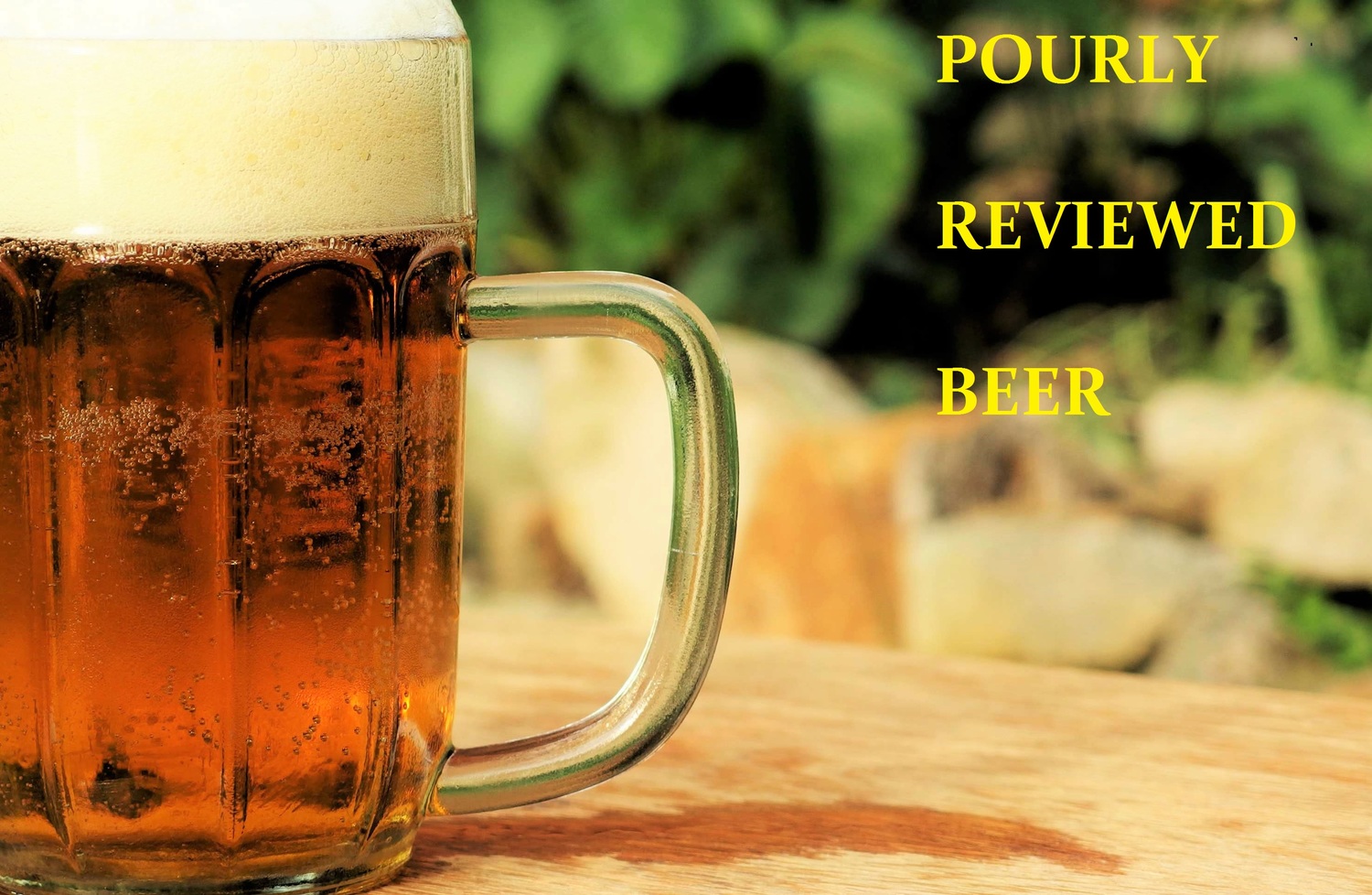Six-Pack of News, Volume 20: It Only FEELS Like 5 Months Between Six-Packs
Boy, I've been hitting all kinds of milestones recently. One year of video blogging AND 100 videos. 400 different beers reviewed. And now, a whopping 20 news round-ups! Just since May! AMAZING!
...let's get to it.
In what I imagine is a bi-weekly question for this city, the Asheville, NC Citizen-Times asks whether their fair city has too many breweries.
The folks at Vinepair sure like their lists, but in this news round-up, I would like to direct you to a map of the highest-rated brewery in each country, per the Untappd mobile app (find me @pourlyreviewedbeer!). Thankfully, the United States is repping itself well by having The Alchemist be our top-rated brewery!
Headlining a Brewbound news round-up of its own (and as mentioned on this week's "This Week in Beer" webcast!), Amazon plans to sell beer and wine at its super high-tech brick-and-mortar convenience store in Seattle called Amazon Go. This round-up also includes news on the possible U.S. return of the classic alcoholic beverage of the 1990s, Zima. So, we also have that going for us...
Brewbound also has news and the press release on the trade group The Brewers Association's election of a new board of directors for 2017. The press release also notes that there are now over 5200 "small and independent craft brewers" in the United States.
I note the updated brewery number, because All About Beer magazine recently reported on the extended waits brewers now face in getting their operating permits. The federal Alcohol and Tobacco Tax and Trade Bureau (TTB) says breweries now wait an average of 166 days, over 5 months, to receive their operating permits, as of September 2016. This is a 28.6% increase in wait time from the previous year, and more than double the wait time in 2013.
Finally, the team at craftbeer.com has details on the new brewery and expansion plans for Russian River Brewing Company, makers of the Pliny pair of beers, among many others. Construction will begin in April with a target completion of late 2018.

